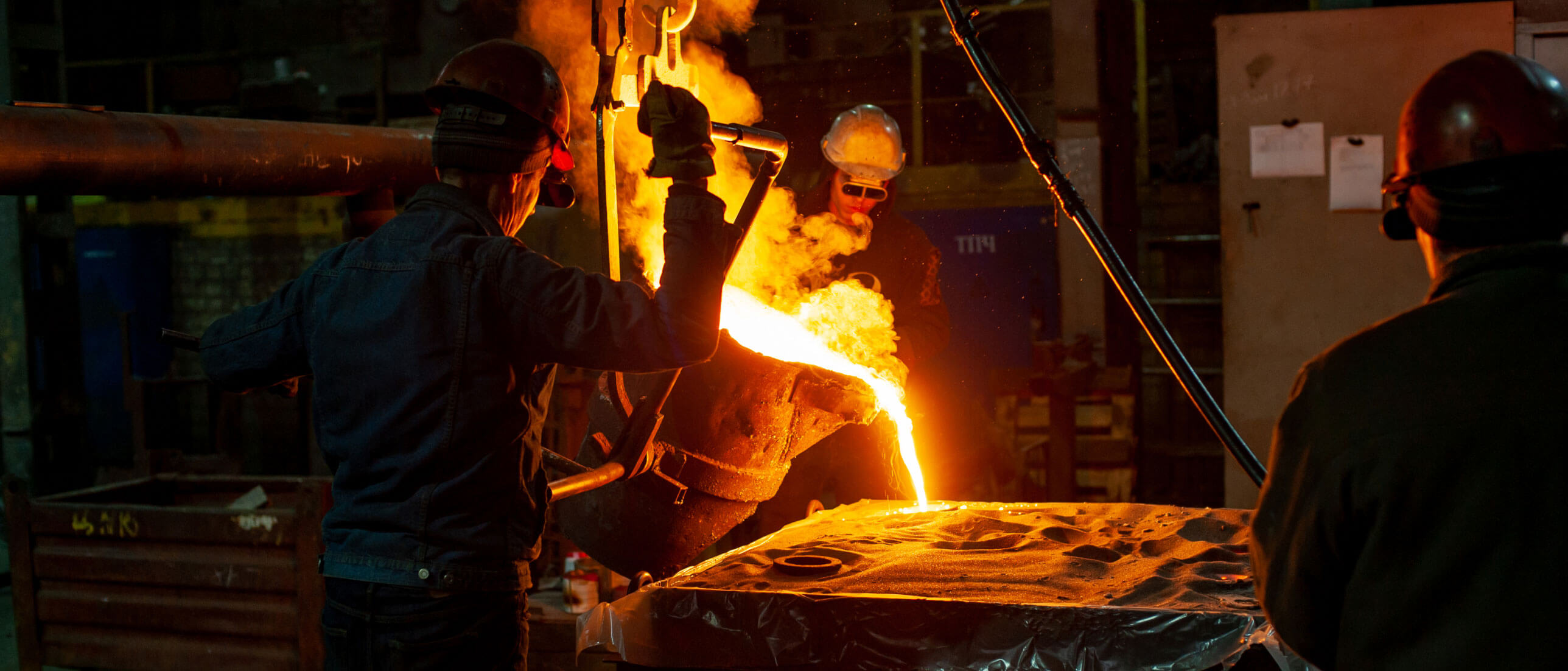
Porosity in sand casting is a common defect that can compromise the integrity and mechanical properties of the final product. Understanding the causes, consequences, and potential remedies is crucial for maintaining quality in the casting process.
Causes of Porosity in Sand Casting
- Gas Evolution:
- During the pouring and solidification process, gases may evolve from the molten metal or the sand mold, leading to porosity if they become trapped.
- Shrinkage During Cooling:
- As metal cools and solidifies, it contracts. If this contraction is not compensated by the flow of additional molten metal, it can result in shrinkage porosity.
- Poor Mold Venting:
- Inadequate venting in the mold can trap gases released from the cooling metal or the mold material itself.
- High Moisture Content in Sand:
- Excessive moisture in the sand can lead to steam generation, which may get trapped in sand casting as pores.
- Alloy Composition and Melting Practice:
- Certain alloys are more prone to porosity, and improper melting and handling can introduce gases into the molten metal.
Consequences of Porosity
- Reduced Structural Integrity:
- Porosity can significantly weaken the mechanical strength and durability of the cast part.
- Compromised Aesthetics:
- For parts where surface finish is important, porosity can result in an unacceptable appearance.
- Decreased Performance:
- In applications where the part is subject to pressure or load, porosity can lead to failure under operating conditions.
- Increased Rejection Rates:
- High levels of porosity often lead to higher rejection rates in quality control, increasing production costs.
Remedies for Porosity
- Proper Mold and Core Venting:
- Ensuring adequate venting in the mold design can help gases escape and reduce porosity.
- Control of Melting and Pouring Processes:
- Managing the temperature and handling of molten metal carefully to minimize gas absorption.
- Mold Coatings:
- Using mold coatings that reduce the interaction between the molten metal and mold materials can help in reducing gas evolution.
- Optimizing Sand Composition and Moisture Content:
- Balancing the moisture content and composition of the sand to ensure it has enough strength without excessive moisture.
- Degassing Treatments:
- Applying degassing treatments to the molten metal can remove dissolved gases before pouring.
- Riser Design:
- Proper design and placement of risers can compensate for shrinkage during cooling and reduce shrinkage porosity.
- Use of Chills:
- Chills can be used to control solidification patterns and minimize shrinkage porosity.
Conclusion
Porosity in sand casting is a complex issue influenced by multiple factors. Addressing it effectively requires a holistic approach, focusing on both the design of the mold and the control of sand casting process. Through careful attention to process parameters and material properties, the incidence of porosity can be minimized, leading to improved quality and performance of the cast parts.
